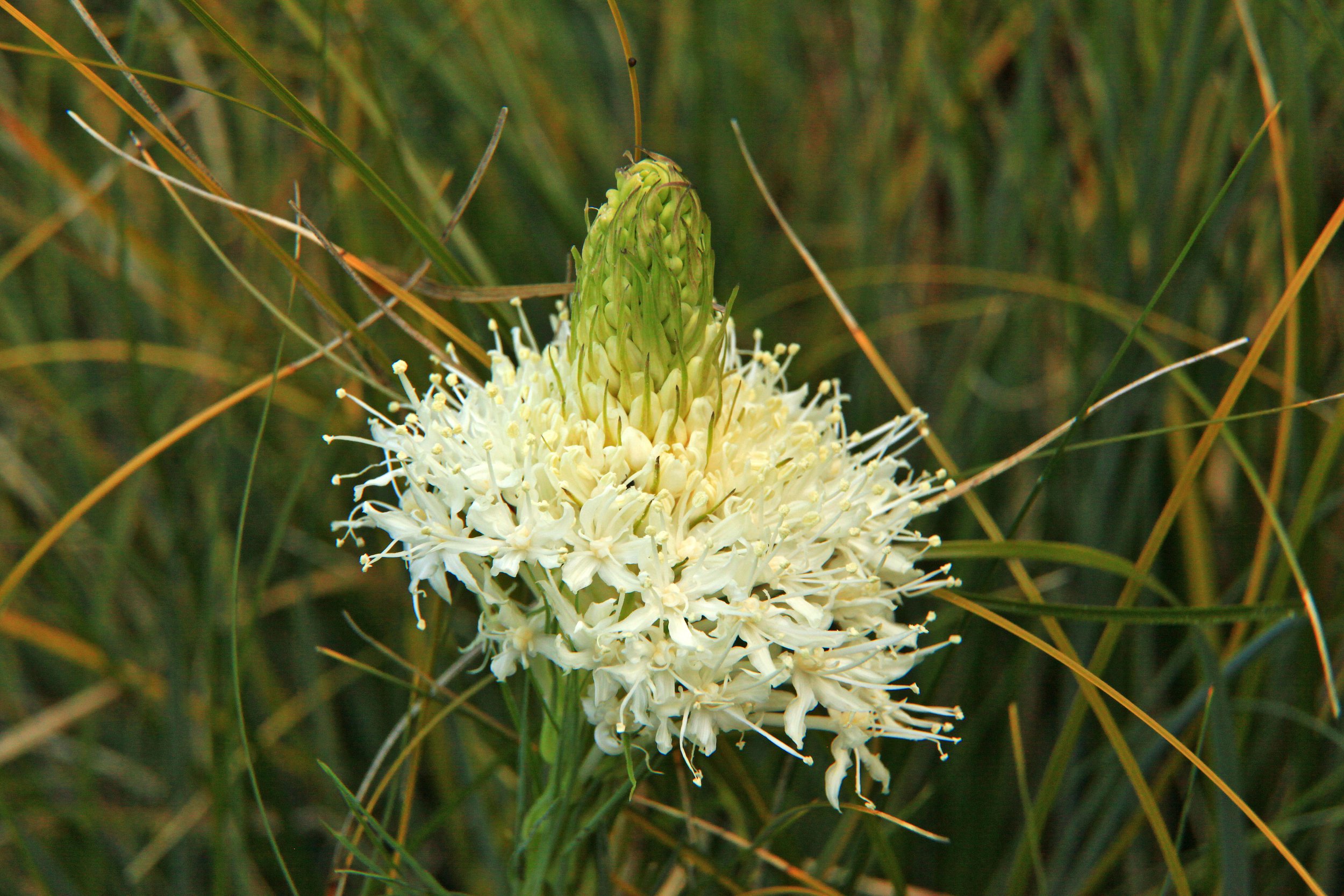
Montane
IN THE WILD– Fairly high elevation at or below the alpine tree line about 1,950 to 3,250 feet above sea level (600 to 1000 meters). Montane areas are mostly forested with species similar to lower elevations (Douglas Fir, western hemlock and western red cedar) with silver fir and grand fir more common at the lower elevation. The understory includes huckleberry, rhododendron, salal and paxistima. Open areas and wetlands provide habitat for heather and low growing huckleberries, Pipsissiwa and several varieties of wintergreen occur on the forest floor. Moist seeps in forest openings may have glacier lilies or avalanche lilies and open, wet meadows filled with sedges, wood rushes, elephant head and other herbaceous species. Boulder outcrops in thin soils often present heathers, crowberry, partridgefoot and lousewort.
IN YOUR GARDEN – Make use of a gentle hillside or create a fairly large mound of soil, placing boulders partly buried in the soil. Plant smaller evergreen trees such as Mountain hemlock in the top third of the area. Then add Mountain huckleberry, paxistima and other herbaceous plants.
Create a narrow curved stream bed of rocks and plant clusters of species at the edges. Use a drought tolerant species such as luzula if the area is naturally dry or plant sedges and direct water to the area from your roof, if possible (a rain garden, of sorts).